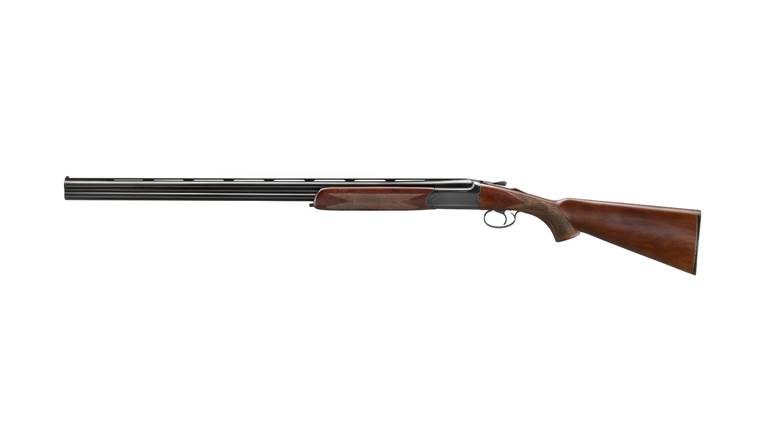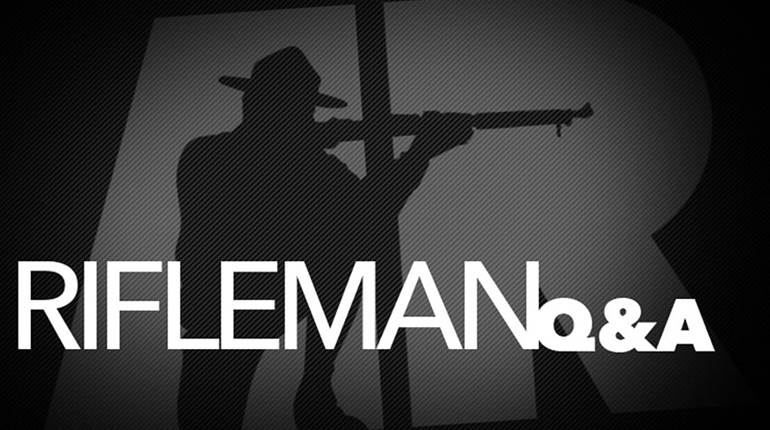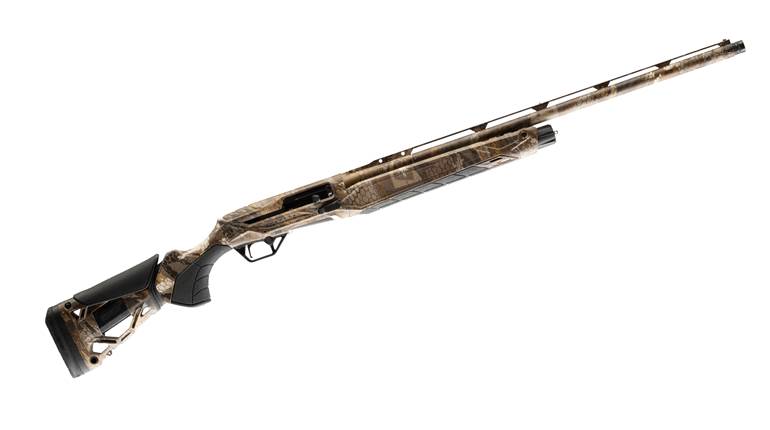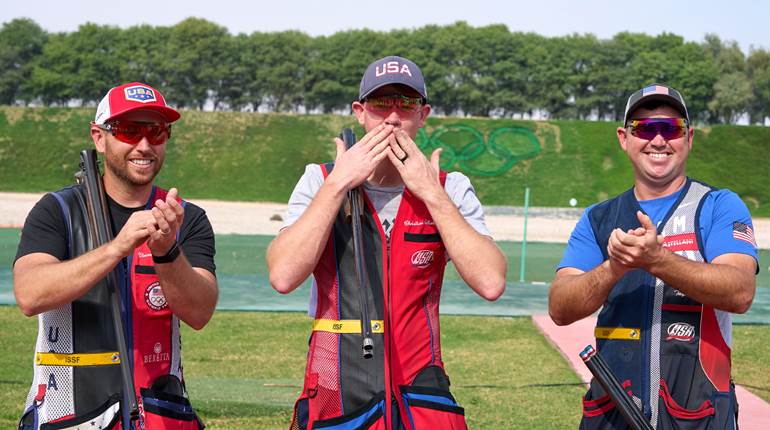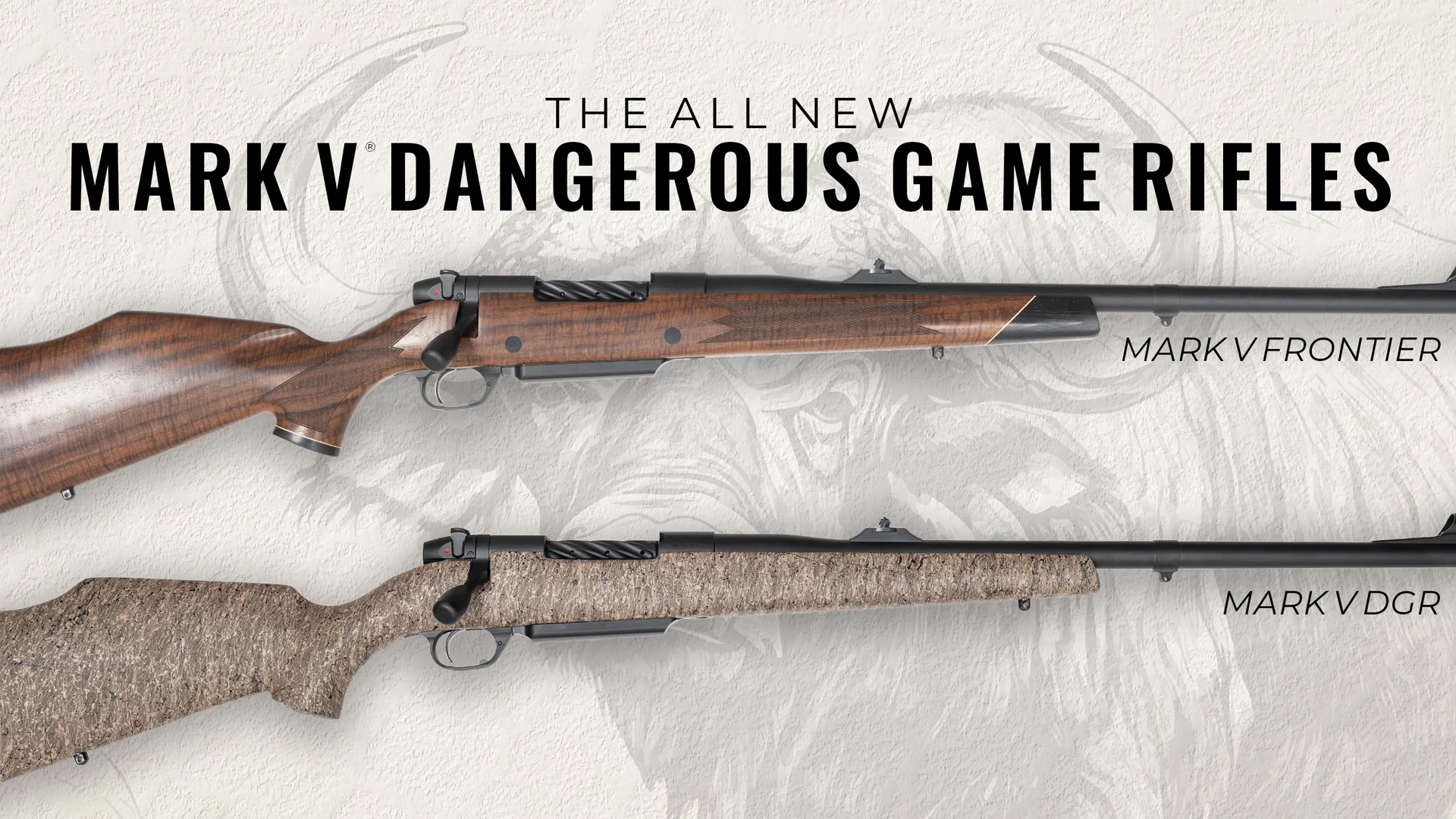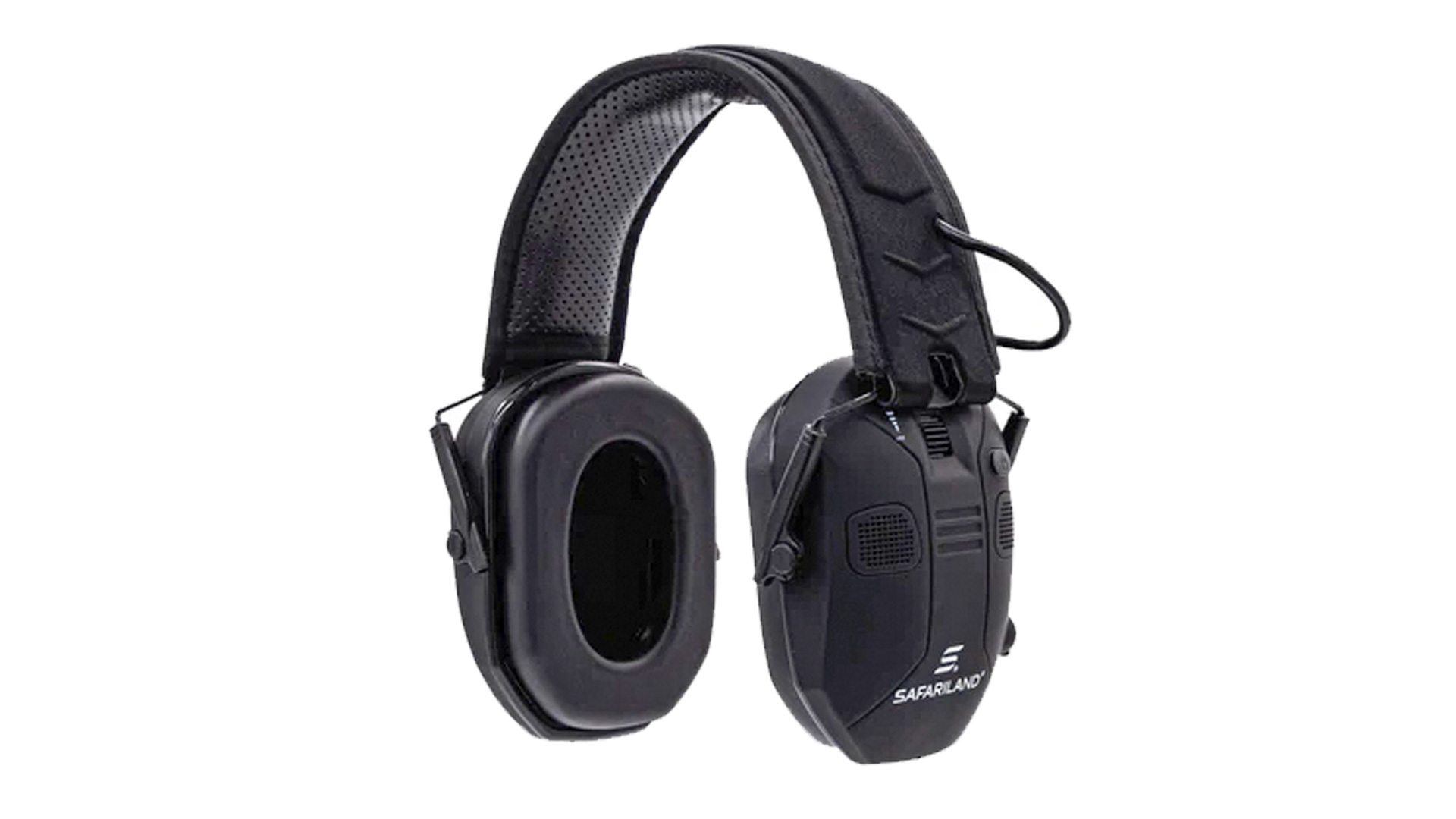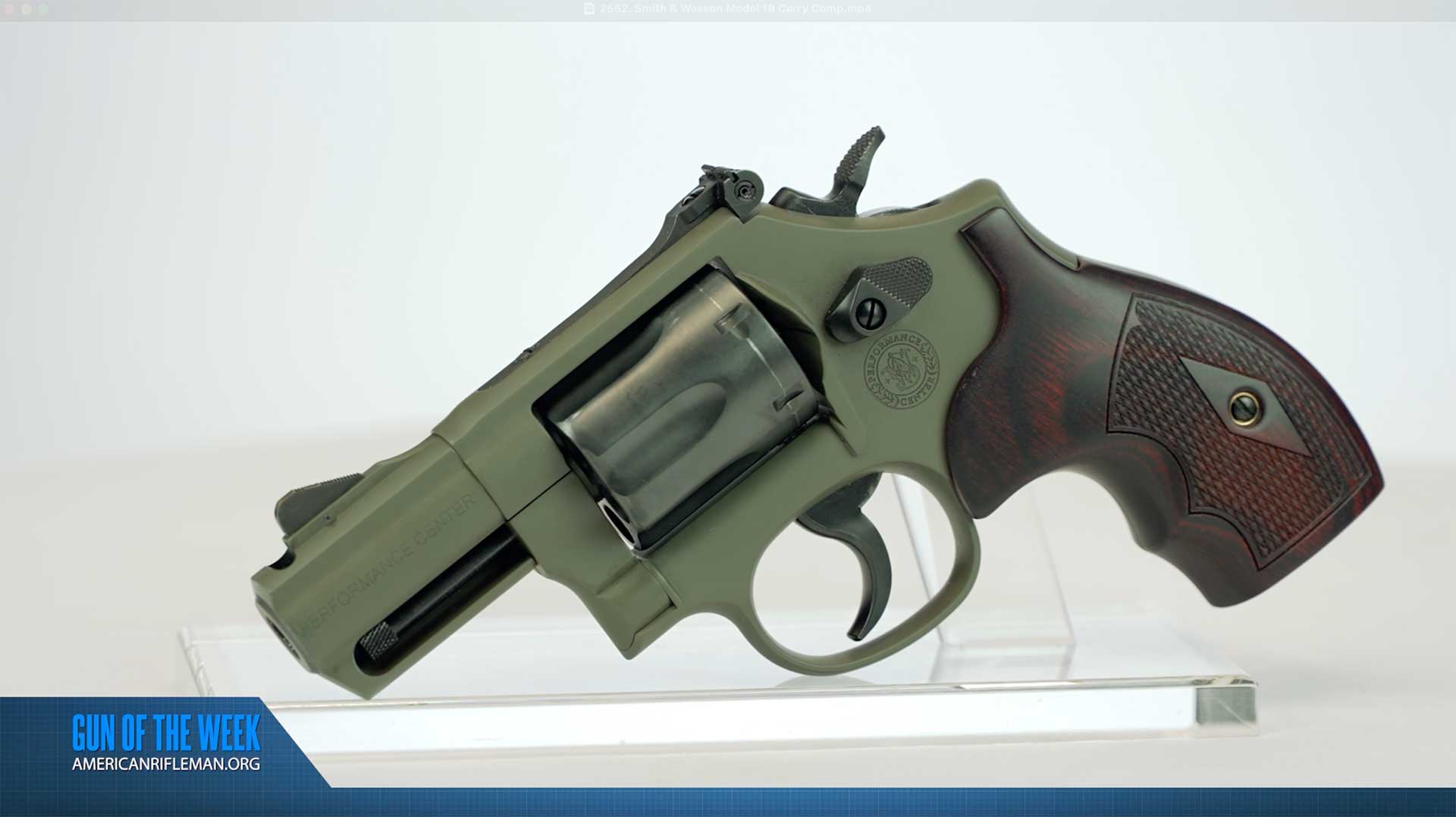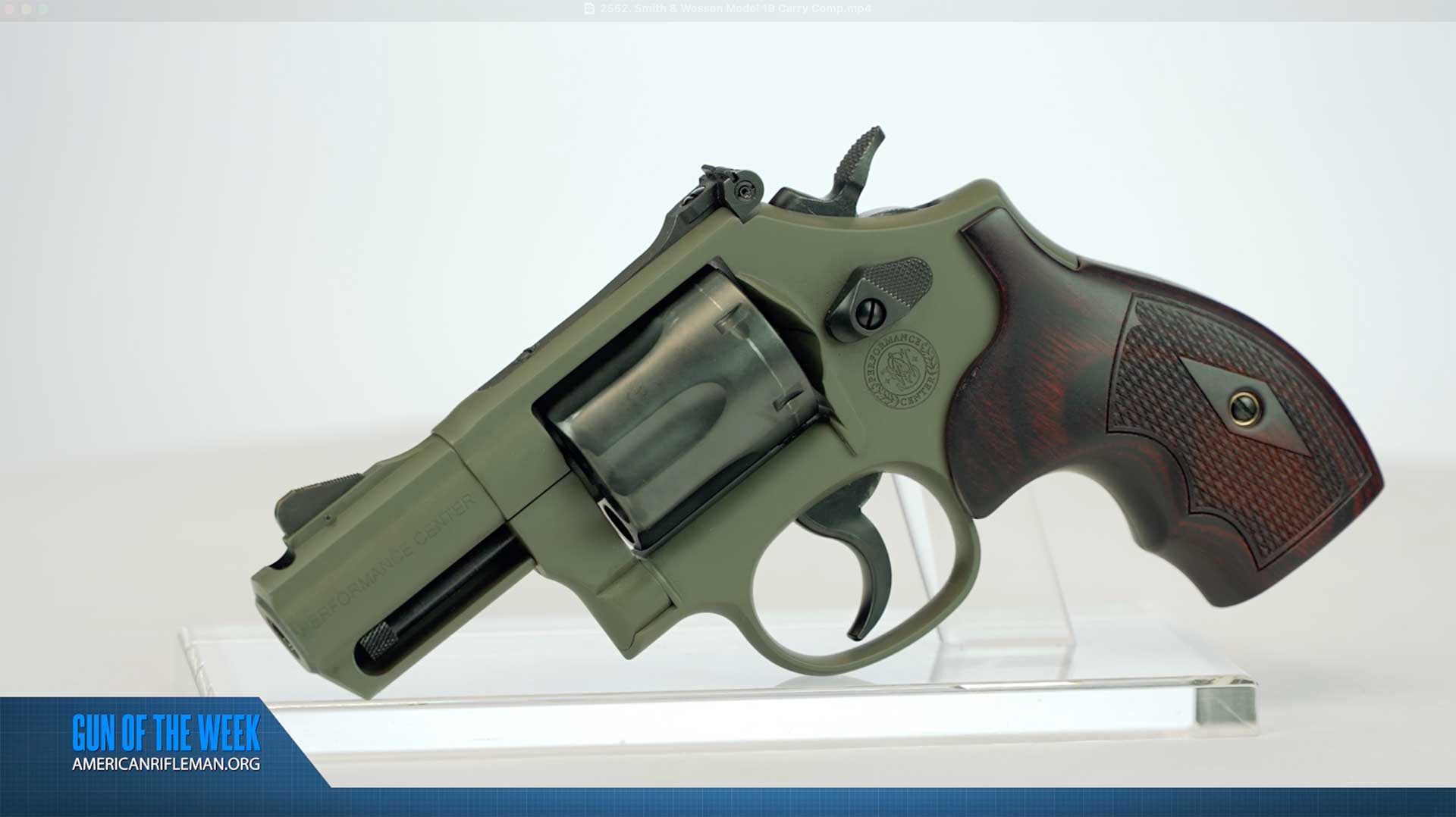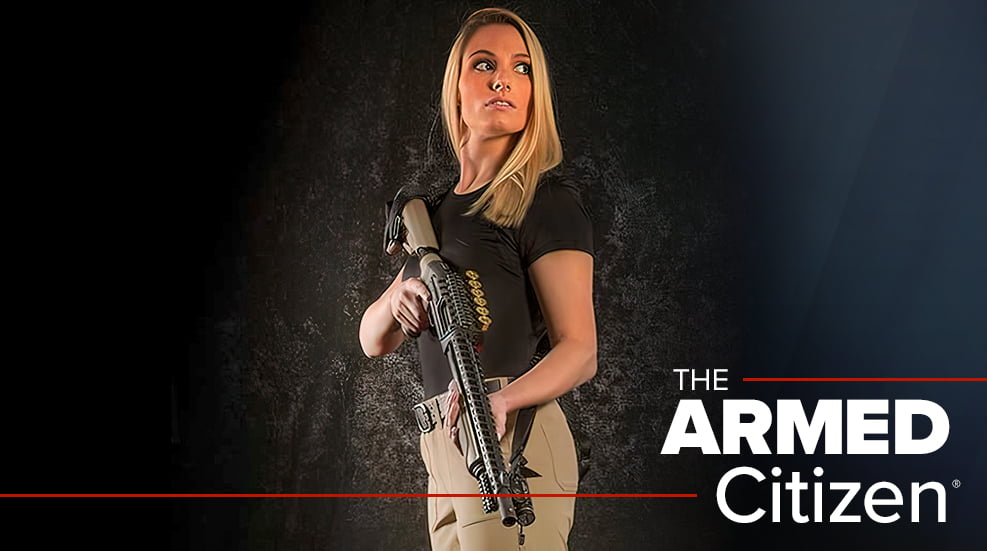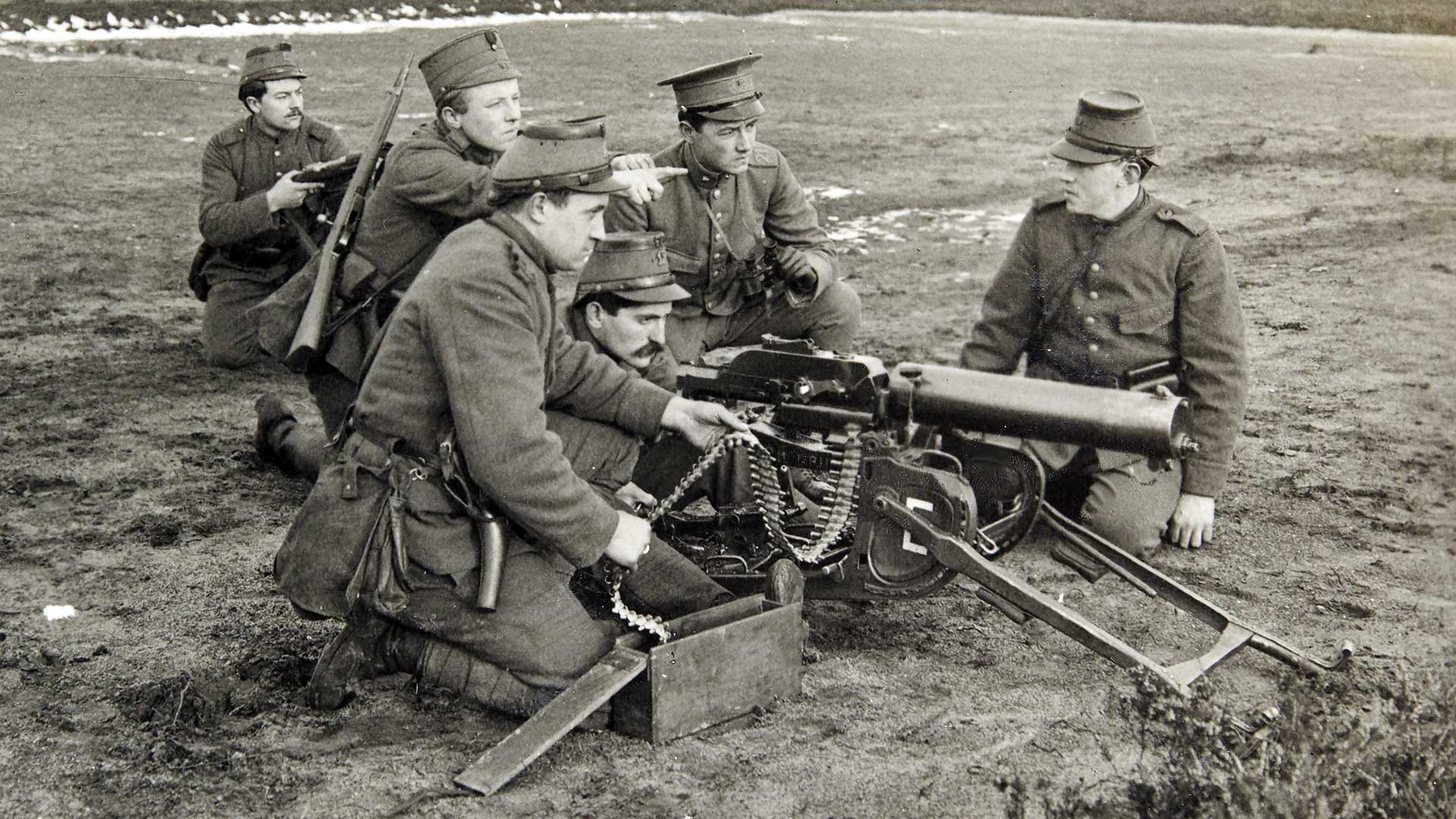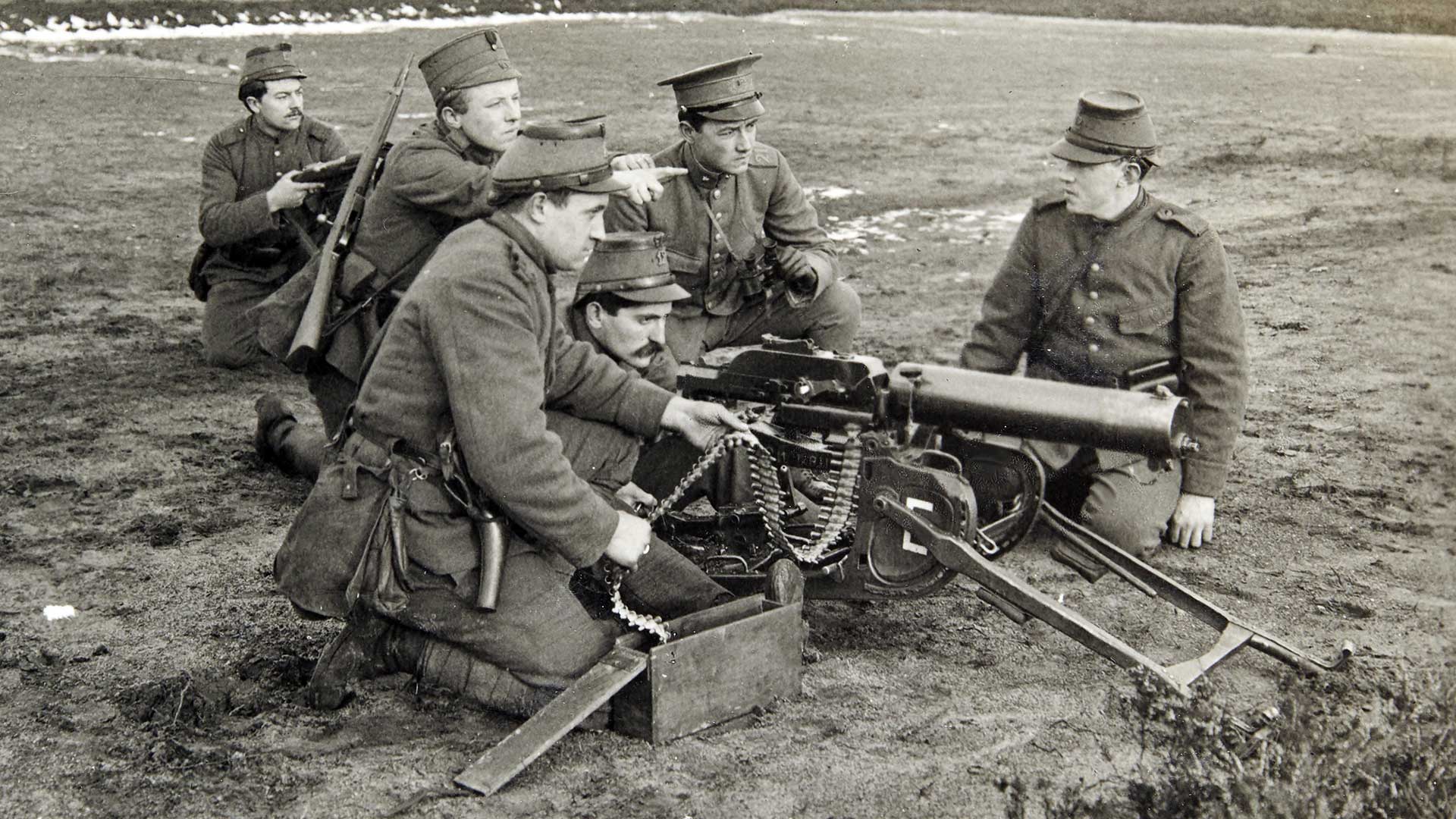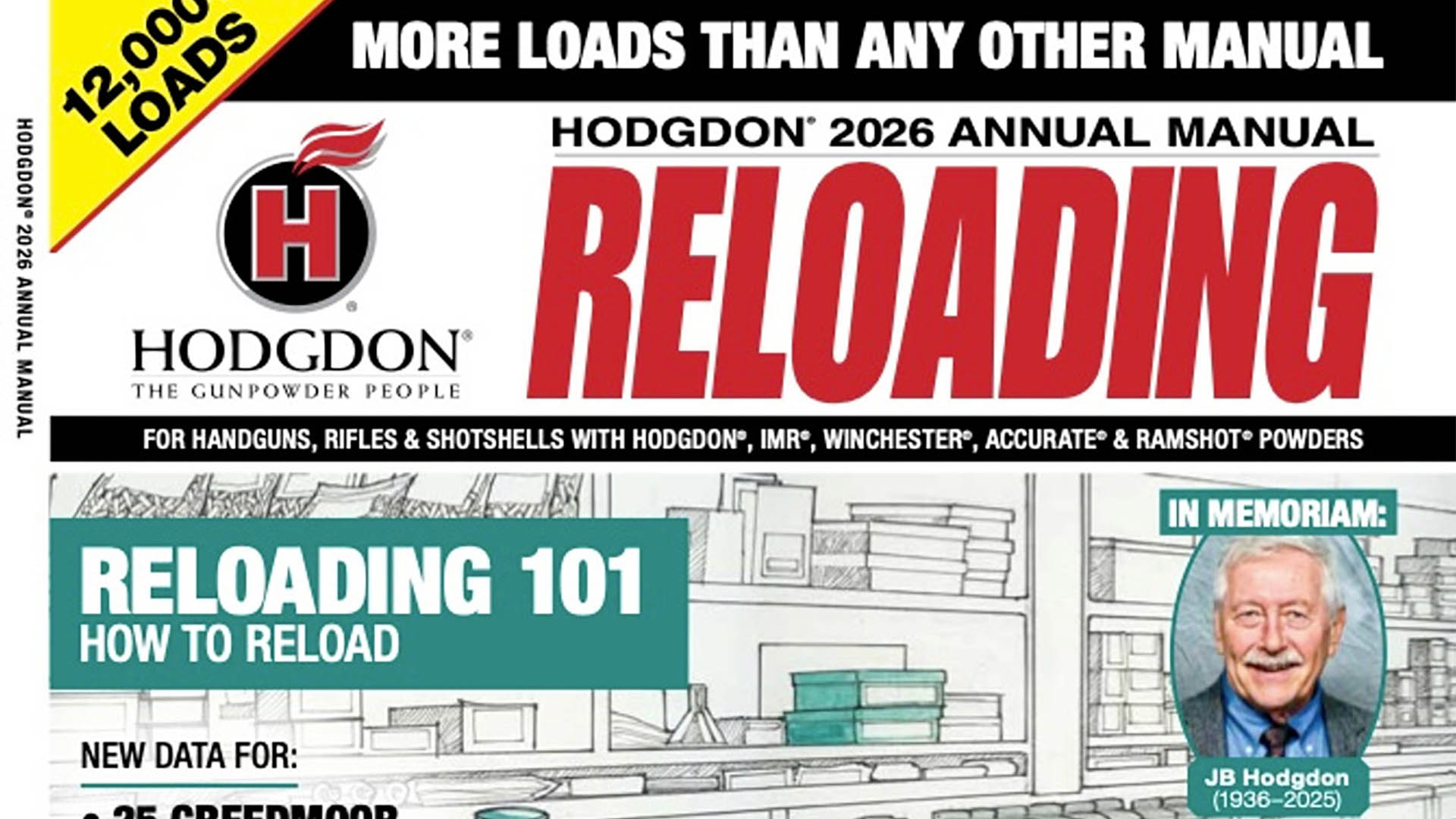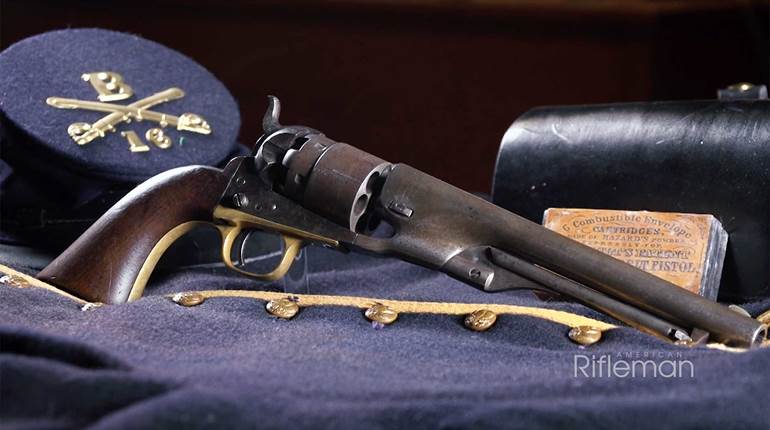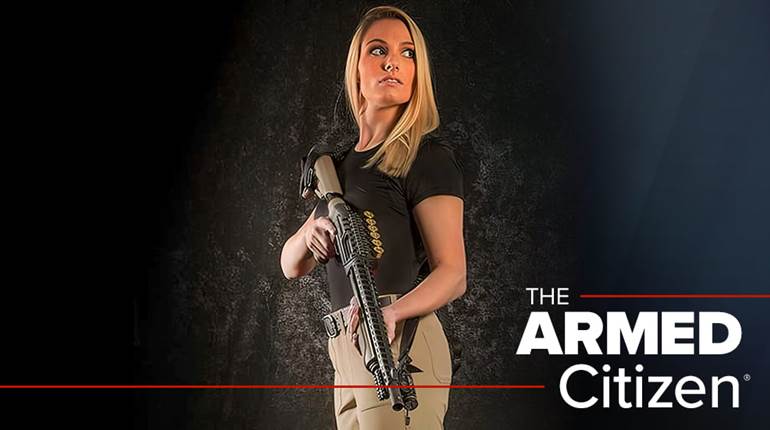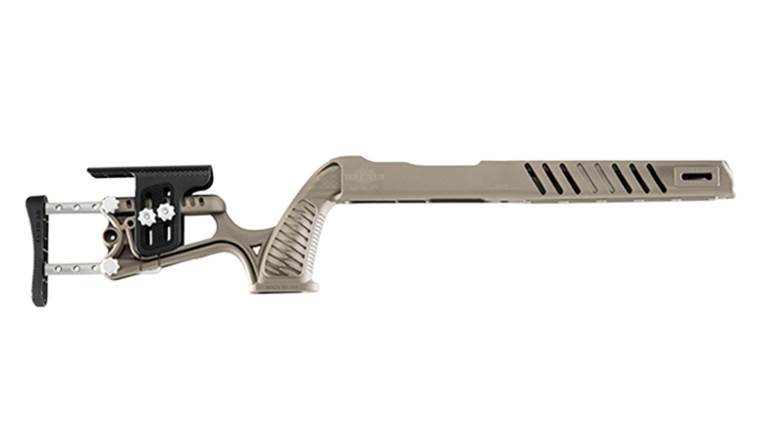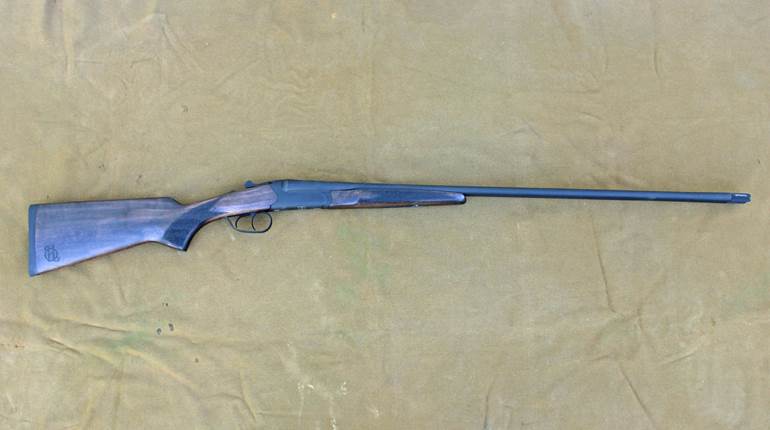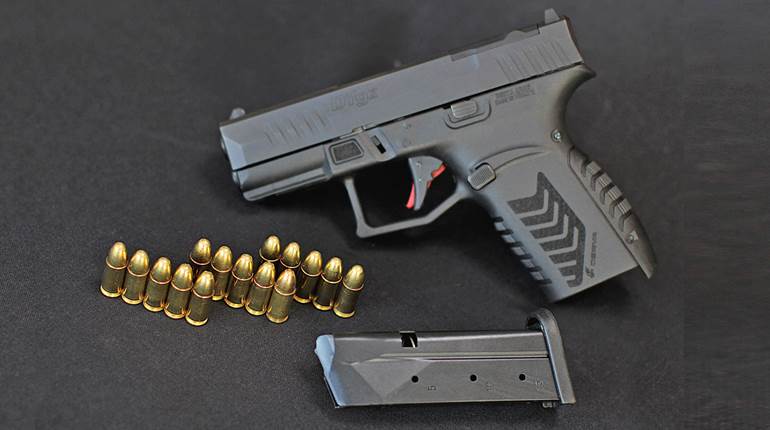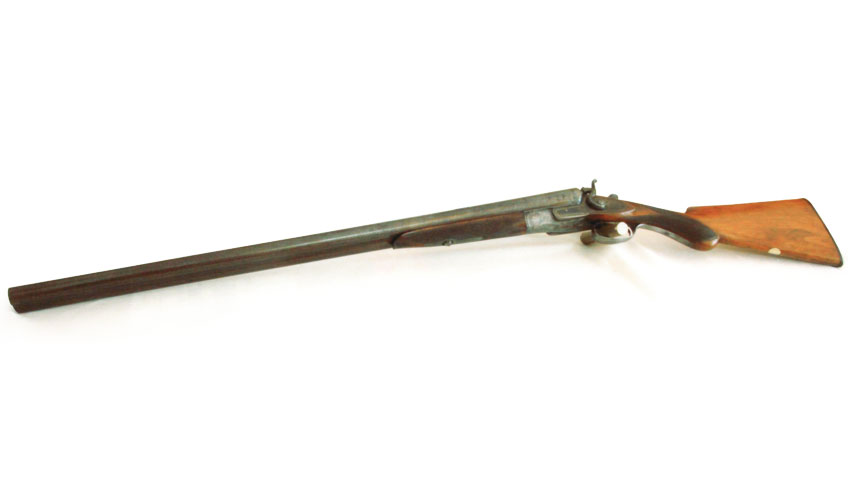

Q: This shotgun belonged to my father, and I inherited it when he passed away. I found a box of 10-ga. ammunition for it, though I have yet to chamber and fire a shell through it. I’ve been told it kicks like the proverbial mule. The gun has been inspected and cleaned by a local gunsmith, and he mentioned he had never seen or worked on a Parkhurst side-by-side before. My dilemma is, I don’t have a clue as to the rareness or collectability of this shotgun, and would like to know a little more about what I’ve inherited.
A: Your William Parkhurst shotgun was made in Belgium. A submitted photo of the proofmarks, found on the barrel and action flats, would have verified its origin. Almost all were made by Simonis, Janssen, Dumoulin y Cie in Liege, Belgium, for import by American hardware stores, mail-order houses and gun shops between 1893 and 1914. They sold in the $12 to $15 range.
Your gunsmith did a fine job cleaning it up, but seemed to omit some vital information. From the photos, your shotgun appears to have Damascus, laminated or twist-steel barrels. The proofmarks will indicate proofing with blackpowder, whose chamber pressures are in the low 9,000-p.s.i. range. Furthermore, he should have measured the length of the chambers, as in all probability this gun is chambered for 2 7⁄8" shells, and the ammunition you have is probably for 3½" chambers and shotguns made of modern steel with a service pressure of 11,000 p.s.i.
Because of this shotgun’s age, Damascus-style barrels and lack of sourcing for repair parts, I would not fire it under any circumstances unless it is first examined and declared safe by a gunsmith familiar with similar old double guns.
--John M. Taylor












